Game of Thrones. The Fault in Our Stars. BTS. Instagram. Moonlight. This list is just a handful of the phenomena that shaped our culture now and for the future. As 2019 draws to a close, the Guardian Arts and Entertainment staff reflected on what defined the 2010s in terms of music, television series, social media, films, and books.
MUSIC
The past decade in music has been so dramatic with the rise and fall of certain genres and the disbanding of some beloved pop groups, it can be hard to even think back to what the industry was like in 2010. But considering the state of the music scene now to when it first began, it’s easy to pinpoint where major shifts have taken place, giving us a sneak peek to what the next decade in music might bring.
If there’s one thing that defines the 2010s, it’s the revitalization of the boy band. Formed in 2010 on the competition show “The X Factor,” One Direction undoubtedly defined the pop scene for the first half of the decade. From its very first 2011 hit single “What Makes You Beautiful,” fans were in a frenzy over the boy band, showcasing a special type of adoration on level with Beatlemania. While One Direction has split up now — Harry Styles and Zayn Malik have done the most with their solo careers — its impact on the boy band movement is undeniable, and we can see how it reappeared in the later years. Power pop group 5 Seconds of Summer demonstrated an edgier yet still palatable version of the boy band, proving that boy bands can play instruments and write their own music too. The diverse rap collective BROCKHAMPTON self-defines itself as “the biggest boy band in the world,” completely turning the bubblegum pop boy band stereotype on its head. Now, the term “boy band” is bigger than ever, even extending to South Korean boy band BTS, which has found popularity in the West despite primarily singing in Korean.
Another major change in the 2010s was the dominance of rap music. In early 2018, Billboard stated that rhythm and blues/hip-hop succeeded rock for the first time as the U.S.’s most popular genre of music. With artists such as Drake and Kendrick Lamar consistently producing hits and bangers, viral hits by Nicki Minaj and Post Malone, and Cardi B’s and DaBaby’s consistent Billboard hits, it’s hard to compete with the genre. Nowadays, even a typical pop song will have an underlying trap beat or rap-like verse to appeal to the general public, demonstrating the influence of hip-hop on other genres. Of course, with rap’s prominence came the creation of an underground subculture of Soundcloud rappers, including the likes of Lil Uzi Vert and Juice Wrld.
However, some of the biggest shifts came from Latin America, from artists like Luis Fonsi and Daddy Yankee topping the Billboard Hot 100 for a record-tying 16 weeks with “Despacito” to the influence of Latin beats emerging in pop across the globe, even going into the new decade. While not being an artist from Latin America, Rosalía’s flamenco-infused form of hip-hop has utilized these Latin beats as well, garnering her a 2019 Grammy nomination for Best New Artist, the first ever for an artist that only sings in Spanish.
One of the most changed landscapes was teen pop. The decade started out with the familiar domination of Disney Channel stars — Selena Gomez, Demi Lovato, The Jonas Brothers — and the country, diary-like confessions from Taylor Swift. Then Swift went pop, Justin Bieber went electronic, and Miley Cyrus went … whatever you would call her in 2013. Viner-turned-pop artist Shawn Mendes and former Fifth Harmony member Camila Cabello are holdouts of the classic model, and Ariana Grande’s roots in the teen idol machine as a Nickelodeon star remain despite her current trap sound. Yet the anti-pop darlings Lorde and Billie Eilish have ushered in a new era of music about teenage emotions that is darker, more ironic, and unfailingly blunt.
Maintaining icon status without fading or derailing is difficult for any artist, but the fact that Beyoncé became more central in the public conversation about culture over the last 10 years is groundbreaking. By disregarding the traditional album release cycle with the surprise drop of her 2013 self-titled record and releasing 2016’s “Lemonade” alongside a HBO film of the same name, Beyoncé’s influence in music is unprecedented and her impact outside of music has expanded. Already a musical icon, Beyonce became a social justice figure calling attention to issues like feminism and anti-black racism. “Pulling a Beyoncé” has become more than just dropping an album without warning — it’s redefining the music industry as we know it.
— Jahfreen Alam, A&E Editor & Asiyah Syed, Staff Writer
TELEVISION
The 2010s undoubtedly held a variety of breakout moments in the realm of television. From the rise of streaming giants like Netflix to the explosion of adult cartoons, the unprecedented fandoms of sci-fi mystery shows and the encapsulation of audiences through longer-form dramas, television has not only increased in accessibility, but deepened the investments of its audience members through this greater access to its content.
Although Netflix was established before the start of the decade, the first Netflix Original Series were released in 2013. Netflix released “House of Cards,” “Hemlock Grove,” “Arrested Development,” and of course “Orange is the New Black.” “Orange is the New Black,” created by Jenji Kohan, jump-started the modern notion of binge-watching, with 13 hours of content in its first season. As of July 2019, at least 105 million Netflix subscribers have watched at least one episode of the seven-season show, which had its final season released this year. The success of “Orange is the New Black” undoubtedly opened the door for the expansion of the streaming platform world, with original series now continually popping up on services such as Amazon Prime, HBO Now, Hulu, and, most recently, Disney+.
Another hallmark of the 2010s age of television is the massive push in adult cartoon creation. Previous decades may have seen the births of the still-running behemoths “South Park” and “The Simpsons,” but this decade saw the beginnings of “Bojack Horseman,” “Bob’s Burgers,” and “Rick and Morty.” Like their animated predecessors, these shows infuse witty humor, breakneck-speed dialogue, dynamic character relationships, vulgarity, modern social commentary, and surprising messages of hope in their absurd yet relatable presentations. One of the most notably popular adult animation series is “Rick and Morty,” which follows the story of a drunken sociopathic scientist, Rick, who has named himself the smartest man in the universe. He and his fidgety, basket case of a grandson, Morty, go on countless adventures together, each one more bizarre than the last. In an animated format adults are receptive to, the creators of “Rick and Morty” have managed to extensively captivate audiences with their unique blend of crude humor and legitimate scientific knowledge.
This past decade also gave rise to the fandom conglomerate that is the “SuperWhoLock” fandom. Comprised of fans of “Supernatural,” “Doctor Who,” and “Sherlock,” this superfandom did not hesitate to make its presence known, especially on the popular social media platform Tumblr. These fans dominated the website with GIF content, fan theories, fan art, and fanfiction, and they epitomized the idea of the web-active, quirky 2010s science fiction and mystery connoisseur. This fandom was respected by some and feared by many, but ultimately provided a vast online community for fans of all ages, unmatched by other fandoms in the interconnectedness of the series represented and the pool of its fan content.
Additionally, few shows can compare to the large scale hype of longer-form dramas such as “Game of Thrones” and “Breaking Bad.” Both HBO shows acquired massive fan bases around their high-tension situations, morally ambiguous characters, and complex plot maneuvering. The two shows ended on very different notes with audiences overall pleased with the outcome of “Breaking Bad” and sorely disappointed with “Game of Thrones,” but “Game of Thrones” deserves some credit for achieving more mainstream success than anyone may have originally dreamed of for a high-fantasy series. The presence of “Breaking Bad” continues to be felt in the prequel-esque spinoff series “Better Call Saul” and most recently in the film “El Camino” as fans continue their investments in these longer-form dramatic television shows.
Online accessibility has strengthened the television show’s hold on the modern audience in ways that previous decades weren’t capable of. Binge-watching, animation validity, fandom solidarity, and dramatic envelopment are all collaborators in the immense impact of 2010s television, which is sure to be foundationally utilized for decades to come.
— Marina Lee, Contributing Writer & Camila Morales, Contributing Writer
SOCIAL MEDIA
If there’s one word that sums up social media during the 2010s, it would be “corporatization.” Open up any social media app you have today and chances are, you won’t make it far from the loading screen without a “suggested for you” post luring you in for a click.
The emphasis social media companies have placed on data collection and providing personalized advertising has transformed how well-known social media companies function. No other platform illustrates this change as well as YouTube does, which in a decade has metamorphosed from a fun, video-sharing service for family videos and comedy acts, like Smosh and Ryan Higa, to channels with high production values like Safiya Nygaard or James Charles, who capitalize on video blogs, also called vlogs, and product review videos to draw in audiences and generate revenue. Even household names like Pewdiepie appear to have succumbed to this trend, as Pewdiepie’s most recent videos seem to very cleanly fit the “influencer” mold.
Influencer culture has permeated other media platforms too. The 2010s saw the rise and fall of Vine and Musical.ly, both of which utilized quick video skits and the relatability of the users to generate social clout, leading to the rise of new influencers like Danny Gonzalez and Drew Gooden. TikTok picked up when Vine and Musical.ly shut down, and because of its young audience, the ethics behind TikTok’s child stars have recently been put to question.
All of this culminates in the necessity of a highly-wrought public appearance, where social clout and the ability to hone one’s appearance, humor, and tastes to the dictates of the latest trends is king. Internet media giant, BuzzFeed, saw its prime in the 2010s, and capitalized on these internet ideals, as the concept of relatability and the formation of a cohesive internet identity began to peak. Famous for their zany videos on YouTube, and their “listicles” on their news and media website, BuzzFeed became notorious for chasing down (and taking for their own) the latest internet memes, challenges, and interests of its viewers. Today, BuzzFeed has numerous YouTube channels, all of which are owned by the BuzzFeed company, but take advantage of many widespread audiences.
Additionally popular to internet culture in the 2010s was the invention of the face filter, which, in the styling of older MacBook Photo Booth effects, tacked graphics ranging from silly to ethereal, that changed and enhanced the features of each user. Snapchat was the first platform to take advantage of such filters but was criticized for filters such as the “beauty enhancement” filter, which lightened skin tone and morphed faces to fit strict beauty standards. As a result, many users found themselves reliant on such face filters, which only grew and expanded in range, as Instagram picked up the trend in 2016. This, in addition to unattainable beauty standards set by the makeup artist community, made consumers particularly vulnerable to advertisements promoting beauty and lifestyle enhancement products.
Instagram led the way in advertisement-based content, relying on influencer culture in the 2010s. Like YouTube, Instagram began as an entertainment and social platform that grew into a corporate beast, with a number of “verified” Instagram members who post paid promotions and advertisements for numerous companies. As these platforms become more attractive advertising real estate, there is also a shift in these social media companies towards promoting “family-friendly” content creators and establishing tighter restrictions on the types of content that advertisements will be shown under, leading to the infamous “YouTube ad-pocalypses” that pushed many creators of more controversial content off the video-sharing platform. Time will tell if we will continue accepting the corporatized nature of social media or if we’ll find something better.
— Laura Hatanaka, Senior Staff Writer & Steven Zhou, Senior Staff Writer
FILMS
The film scene of the 2010s was defined by a surge in mega-franchises and live-action reboots, with social movements like #MeToo and #OscarsSoWhite taking center stage. Here, we take a look at some of the highlights of the decade.
The decade’s box offices were undoubtedly dominated by the superhero genre, spearheaded by Walt Disney Co.’s pop culture juggernaut, the Marvel Cinematic Universe. 2012’s “The Avengers” laid the groundwork for a constant line of immensely successful movies, such as “Spider-Man: Homecoming” and “Black Panther,” ultimately leading up to the universe-colliding “Avengers: Infinity War” and the highest-grossing film of all time, “Avengers: Endgame.”
Disney’s grip on the movie industry also tightened with its acquisition of Lucasfilm in 2012. The revival of the once-seemingly untouchable Star Wars franchise with “Star Wars: The Force Awakens” has led to sold-out theaters, a deluge of toys and memes (see: Chewbacca Mom and Baby Yoda), and several subsequent spinoffs and sequels. Old and new fans flooded the theaters — and soon, Disney+ — to revisit their beloved storyline and deepen Disney’s pockets.
Before ending off the name drops of this decade’s Disney highlights, what would the decade of 2010 be without the mention of the animated powerhouse “Frozen?” This film took flight the moment it was released. Disney hung on its laurels, selling out on Frozen merchandise all over the world after the influx of love the film received from children, kids, teenagers, and adults alike. With the premise of two sisters that must navigate ruling a country on their own, the filmmakers created songs that were easy to catch onto, a likeable sister who was clumsy and dorky, and a lovable snowman unaware of the dangers of the sun.
“Get Out” was released in 2017, turning the world on its head with its commentary on racial alienation and sci-fi elements to demonstrate the brutality of old America. Due to its commentary on old America and the danger that society can fall into it, there was an added horror factor of reality. Not only does the film follow a black actor through the racism he always experiences, the film is a living satire on the accommodations white people believe people of color need. The disgusting truth behind the film’s plot caused a massive wave of controversy: Some people were claiming reverse racism while others laughed and were scared along with the main character.
Awards season always causes some upsets, but none so greater than the 2017 Academy Awards. At a time when Hollywood faced intensified scrutiny for its lack of racial diversity with #OscarsSoWhite, the Best Picture mix-up between “La La Land” and “Moonlight” best embodied the tension between white, heterosexual narratives and racially and sexually diverse stories. While both critically acclaimed films, the surprise victory of “Moonlight” reflected a shift towards the public’s greater desire for and acceptance of diverse representation in film.
The 2010s was a decade of both mass consumerism, represented by endless sequels and remakes and profits, and experimental filmmaking, with directors, writers, and actors ready to cross lines and break traditions. These films are only the beginning; there is a whirlwind coming for the film industry.
— Natalie Tran, Senior Staff Writer & Hanaa Moosavi, Contributing Writer
BOOKS
Our first literary sensations for the 2010s are undoubtedly some of the most controversial: the rise of fanfiction and the self-published novel. Although the topic first took the world by storm in the early half of the decade when the 2011 release of the “Fifty Shades of Grey” trilogy swapped the vampires of “Twilight” vampires for billionaire CEOs with very specific sexual appetites, the controversy recently reared its head again with “After,” a series based off a popular One Direction fanfiction. Everything from the morality to the legality of these releases has been debated, but both novels earned their spot among the decade’s most memorable titles by proving fanfiction’s ability to turn a self-published story into a major franchise.
Next up is a genre that, while not exactly “Twilight” fanfiction, almost definitely owes its conception to that series. While the Twilight Saga finished releasing in 2008, it sparked a genre that was known to eat up entire Barnes and Noble bookshelves: teen paranormal romance. Many of us spent a decent chunk of middle school reading book after book about an unassuming but spunky teen girl falling for all sorts of magical monsters, such as the werewolves from “Shiver,” the angels from “Hush Hush,” and the vampyres from “A House of Night” (that’s right, with a “y”). Love them or hate them, the 2010s would never have been the same without this particular craze.
What follows is arguably the most popular genre of the 2010s: contemporary young adult fiction. These books featured a cast of teenagers, all unique in their interests and experiences, who through “coming-of-age” tales came to terms with the harsher realities of life. They also dealt with more intense topics such as substance abuse and mental health as well as typical teenage woes. A prime example of this genre is author John Green and his 2012 release “The Fault in Our Stars.” Practically every girl between eighth and 12th grade possessed a copy of this book and a piece of merchandise with “Okay? Okay” inscribed on it. Despite some criticisms that this novel romanticized being terminally ill, the romance between Hazel Grace Lancaster and Augustus Waters changed the game of young adult fiction, and many YA books in the last decade have veered toward that balance of serious topics and engaging youthful tone as a result.
And where would the 2010s be without dystopias? Prompted by the release of “The Hunger Games” in 2008 and its sequels in 2009 and 2010, dystopian literature became one of the most popular genres over the course of the following decade. These novels referenced many of the same themes as those discussed in YA literature, but then exaggerated the situations’ stakes to provide social and political commentary via metaphor. The best example of this rising trend was “Divergent,” the first book in a trilogy centering on a young girl exposing corruption in an oppressive, faction-based setting. The reason why this trend in literature was so successful in the 2010s was that it spoke to its teenage audience, who were growing increasingly aware of the injustice in the world. As the teens who grew up in this era become adults, hopefully that instinct to change the world stays with them.
— Chloe Esser, A&E Editor & Daisy Scott, Editor-in-Chief


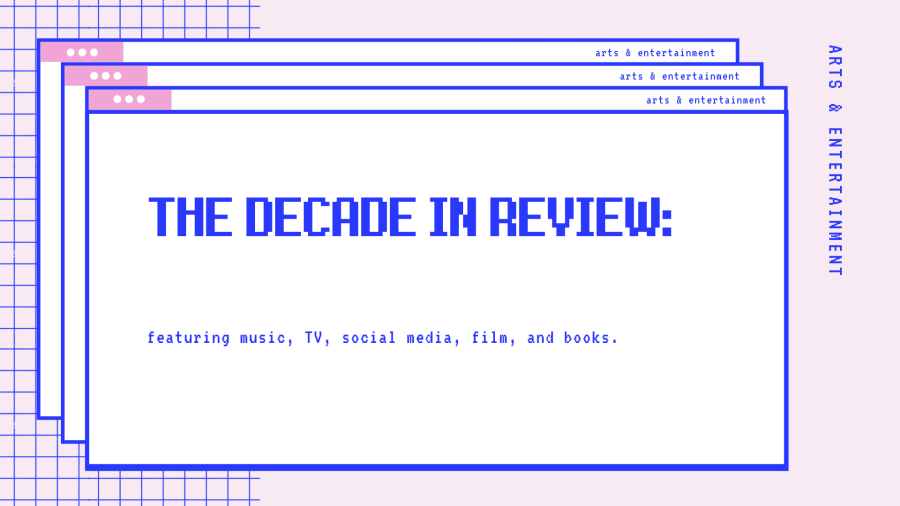



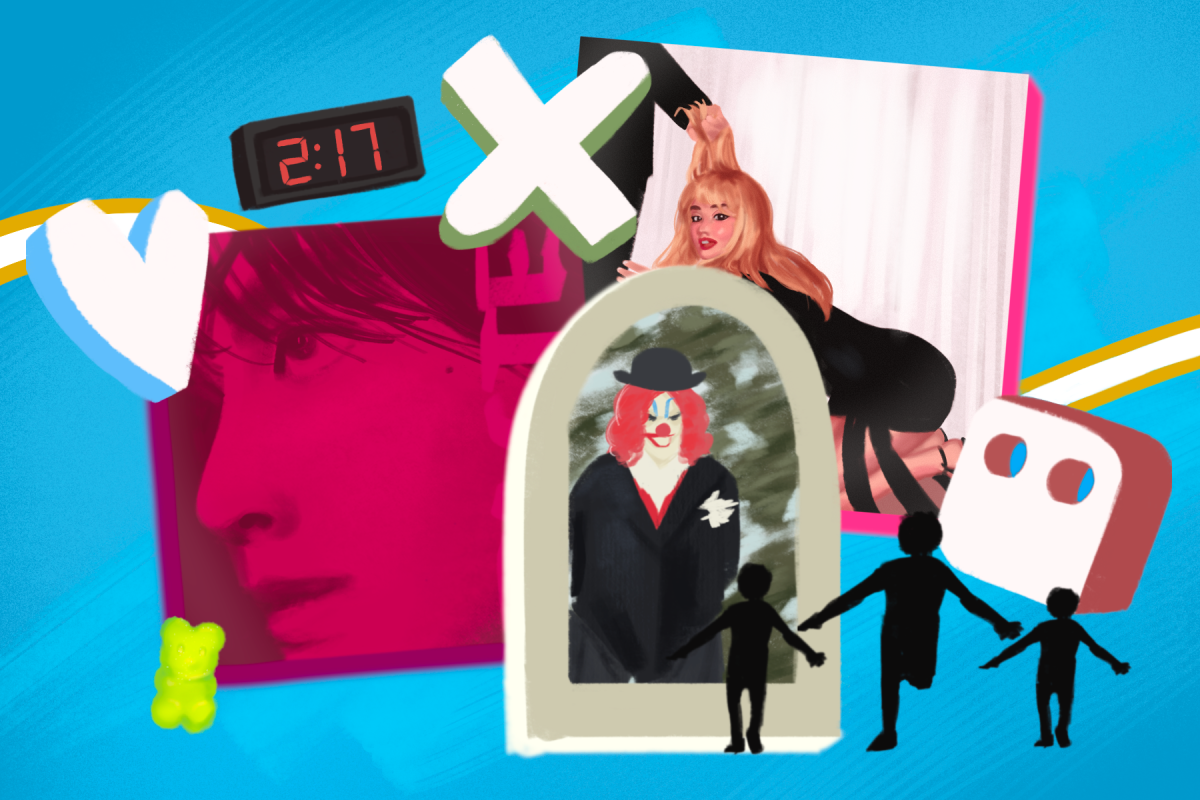
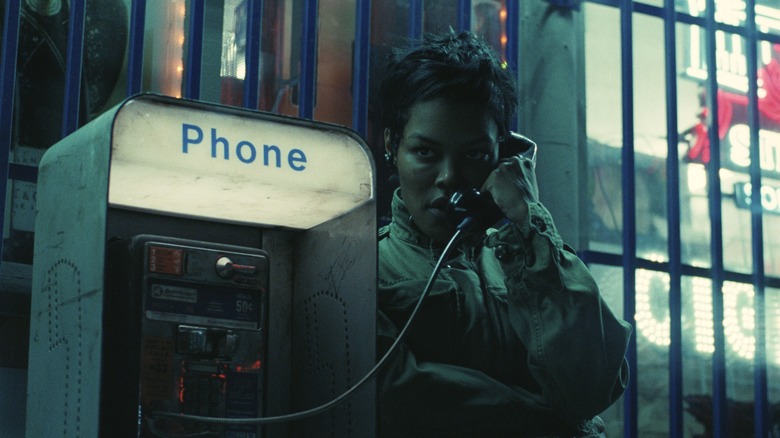
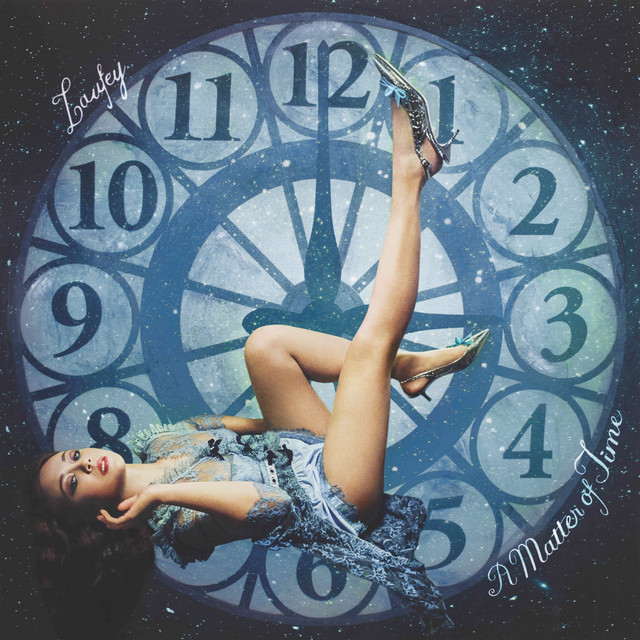






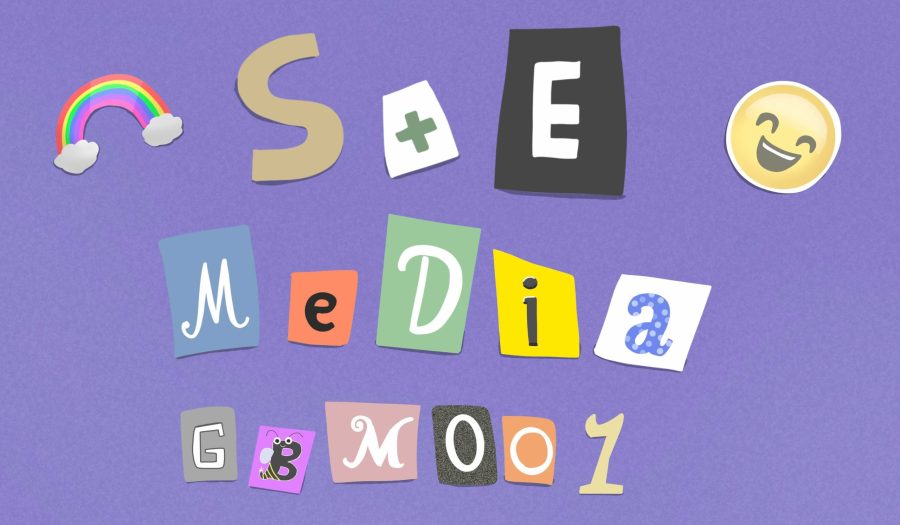
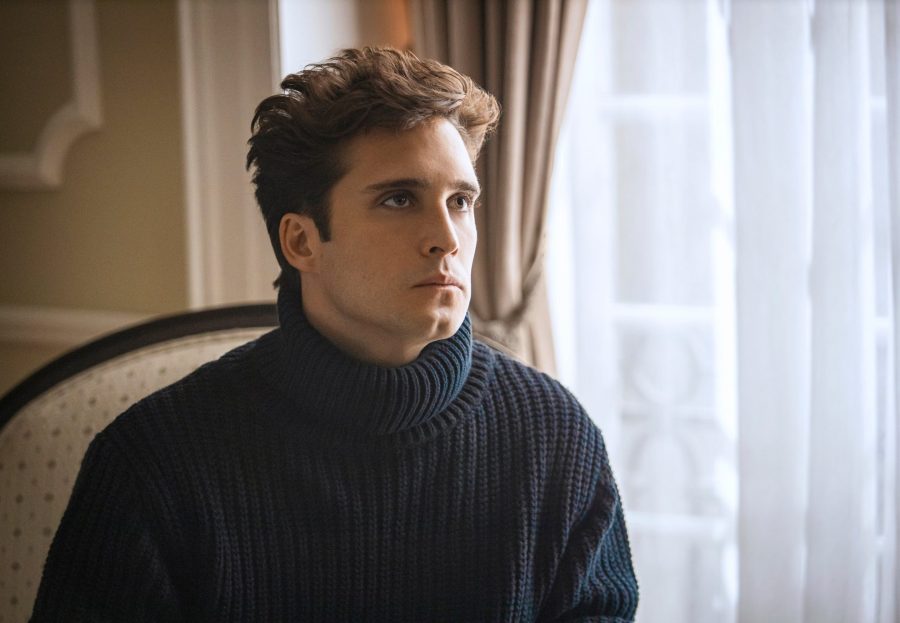
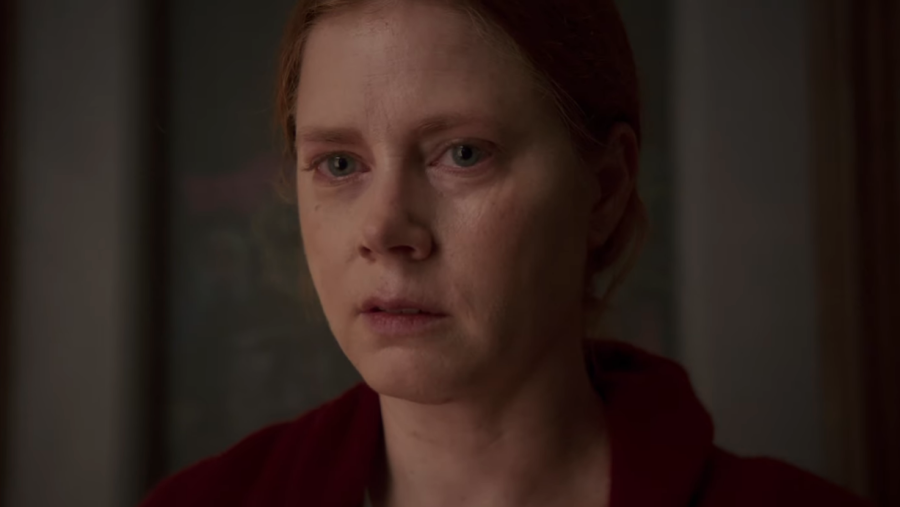

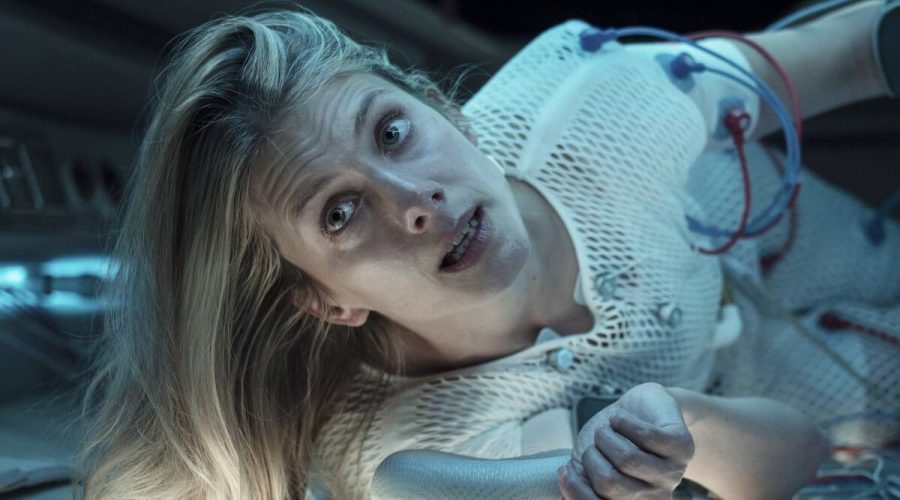
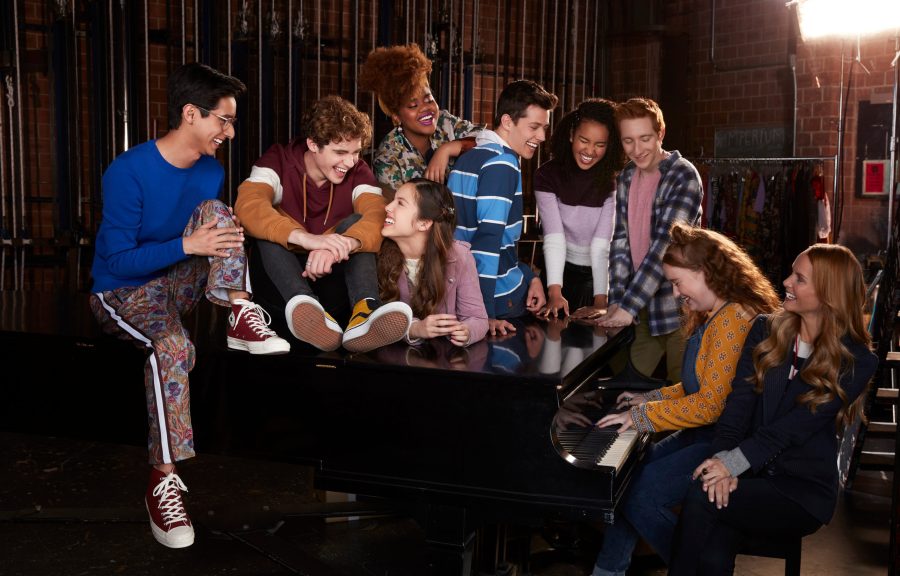
Alicia • Feb 12, 2020 at 6:05 am
There’s a lot of changes in this decade. Excited for more improvements to come
Joan • Feb 12, 2020 at 6:02 am
Loving this honest review! Worth reading all of it.
check this • Feb 10, 2020 at 8:51 am
I like the review of this article! Thanks for sharing.
click here • Feb 10, 2020 at 8:26 am
Ohh! thanks for setting this article with us. Impressive!
Suonerie Telefono • Dec 19, 2019 at 6:43 pm
Useful article, here I can also share with everyone a reliable blog that allows downloading and installing music into free ringtones.
Step 1: access suonerietelefono.com
Step 2: download your favorite ringtone
Step 3: set the ringtone on your phone.
Wished everyone success!